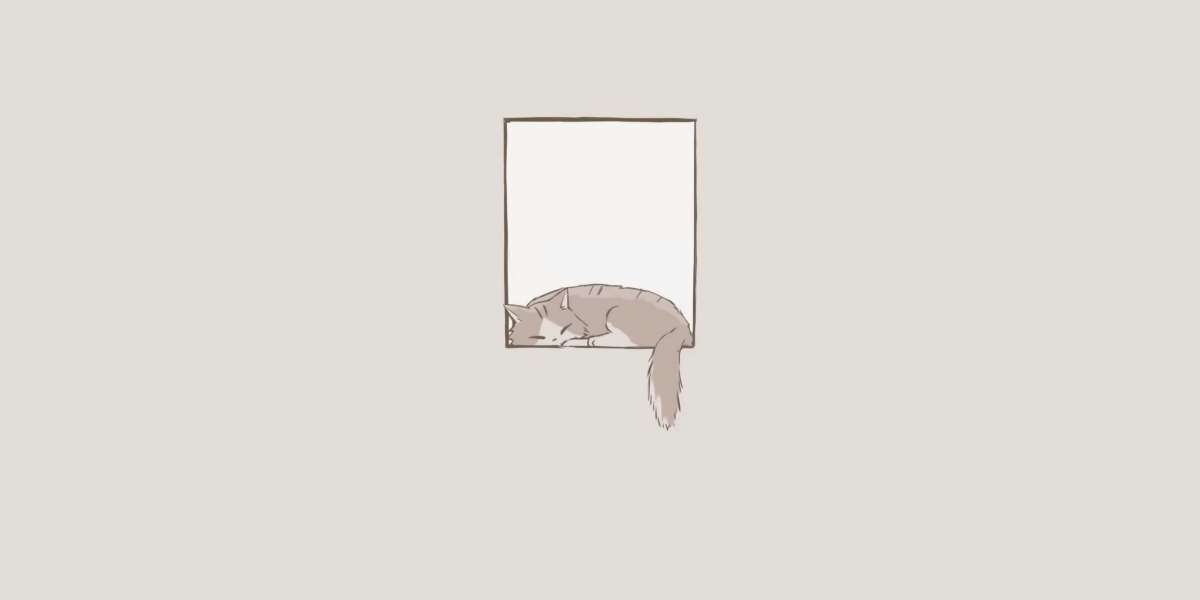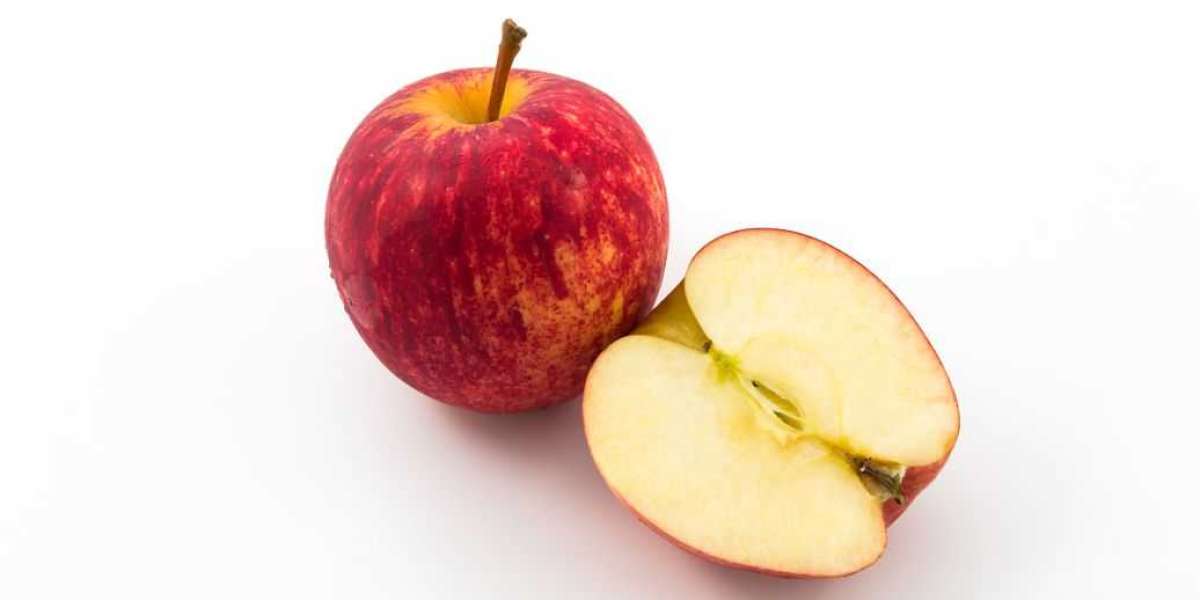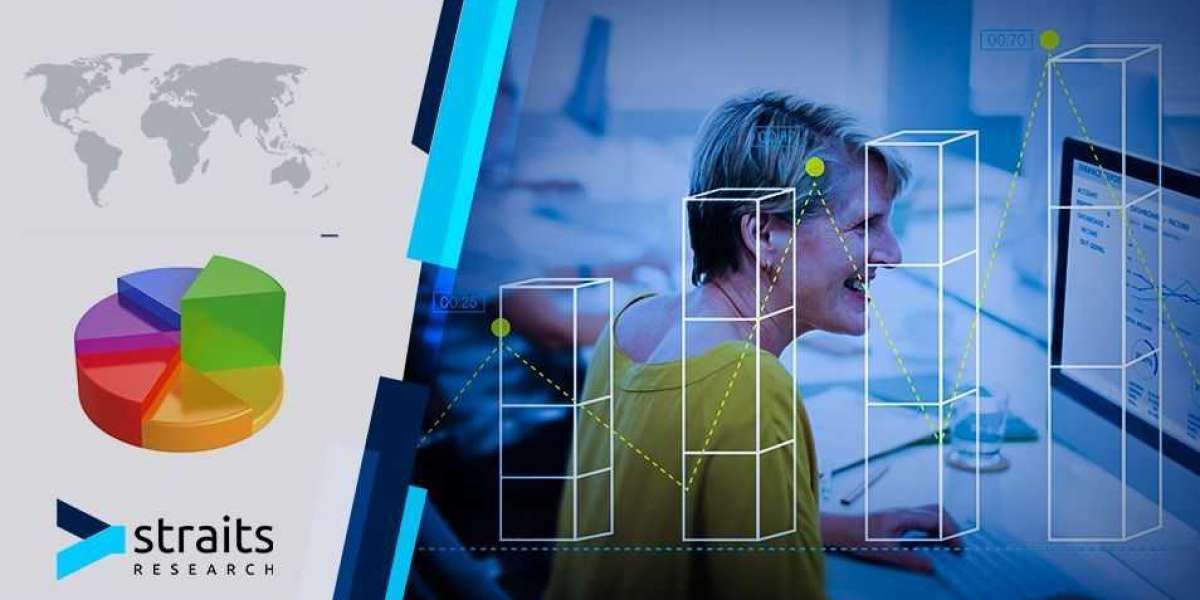In today's competitive market, maintaining high standards of quality is essential for any industry. One of the most effective methods to ensure product quality is through visual inspection. This technique not only helps in identifying defects but also plays a crucial role in enhancing overall operational efficiency.

Understanding Visual Inspection
Visual inspection refers to the process of examining products or components using the naked eye or with the aid of optical instruments. This method is widely used in various sectors, including manufacturing, pharmaceuticals, and food production. But why is visual inspection so vital? It serves as the first line of defense against defects, ensuring that only products meeting quality standards reach the consumer.
Key Benefits of Visual Inspection
- Cost-Effective: Implementing visual inspection can significantly reduce costs associated with product recalls and customer complaints.
- Immediate Feedback: Operators can quickly identify issues, allowing for immediate corrective actions.
- Enhanced Quality Assurance: Regular visual inspections contribute to a culture of quality within an organization.
Best Practices for Effective Visual Inspection
To maximize the benefits of visual inspection, industries should adopt several best practices:
- Training Personnel: Ensure that all employees involved in the inspection process are adequately trained. This includes understanding what to look for and how to document findings.
- Standardized Procedures: Develop and implement standardized inspection procedures to maintain consistency across inspections.
- Utilizing Technology: Consider integrating advanced technologies, such as AI-driven inspection systems. For instance,
 can enhance accuracy and efficiency in visual inspections.
can enhance accuracy and efficiency in visual inspections.
Challenges in Visual Inspection
While visual inspection is beneficial, it is not without challenges. Human error can lead to oversight, especially in high-volume production environments. Additionally, variations in lighting and environmental conditions can affect the accuracy of inspections. Therefore, it is crucial to continuously evaluate and improve inspection processes.
Conclusion
In conclusion, visual inspection is an indispensable part of quality control across various industries. By implementing best practices and leveraging technology, organizations can enhance their inspection processes, ensuring that they deliver high-quality products to their customers. As industries evolve, so too should the methods of inspection, adapting to new challenges and opportunities for improvement.








